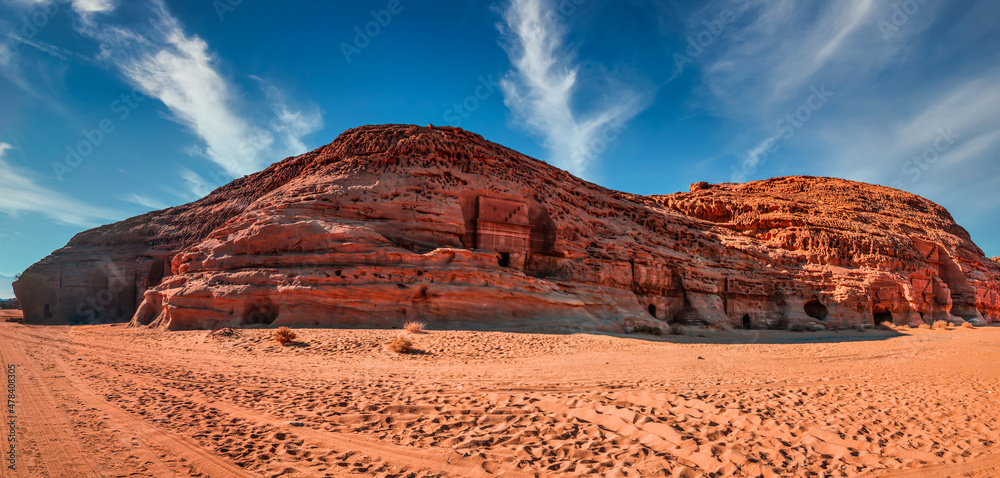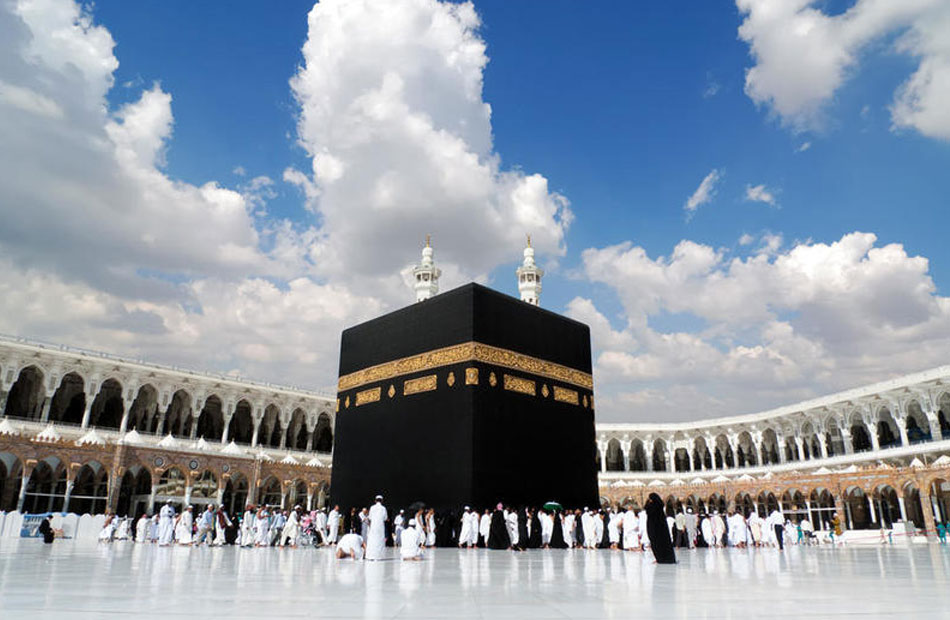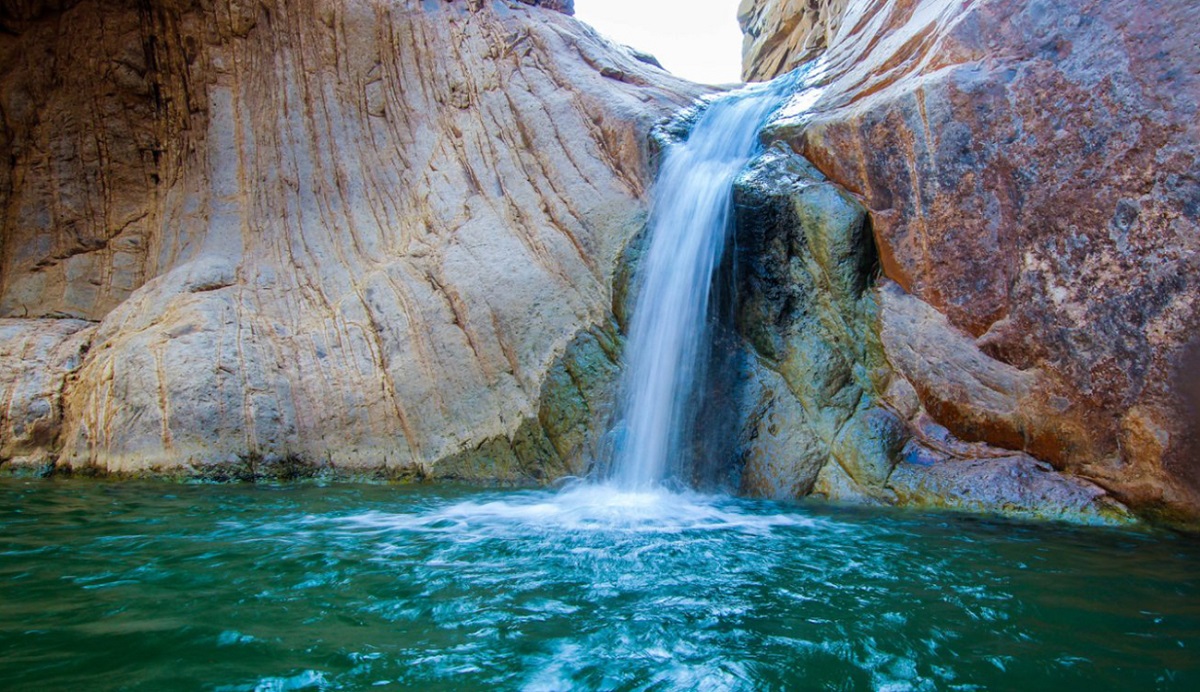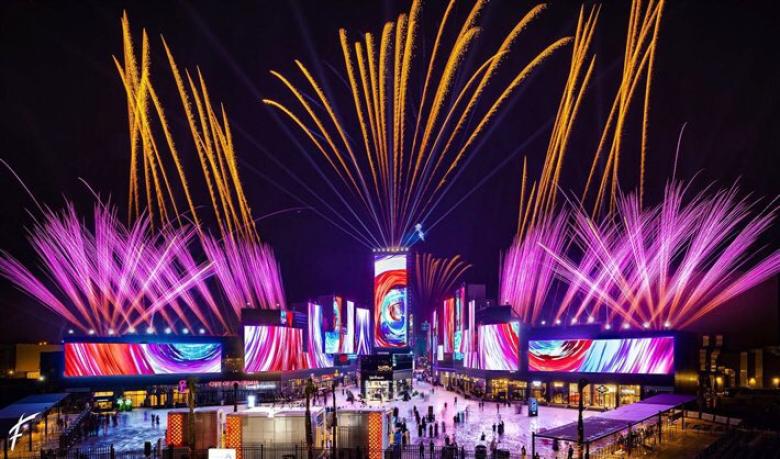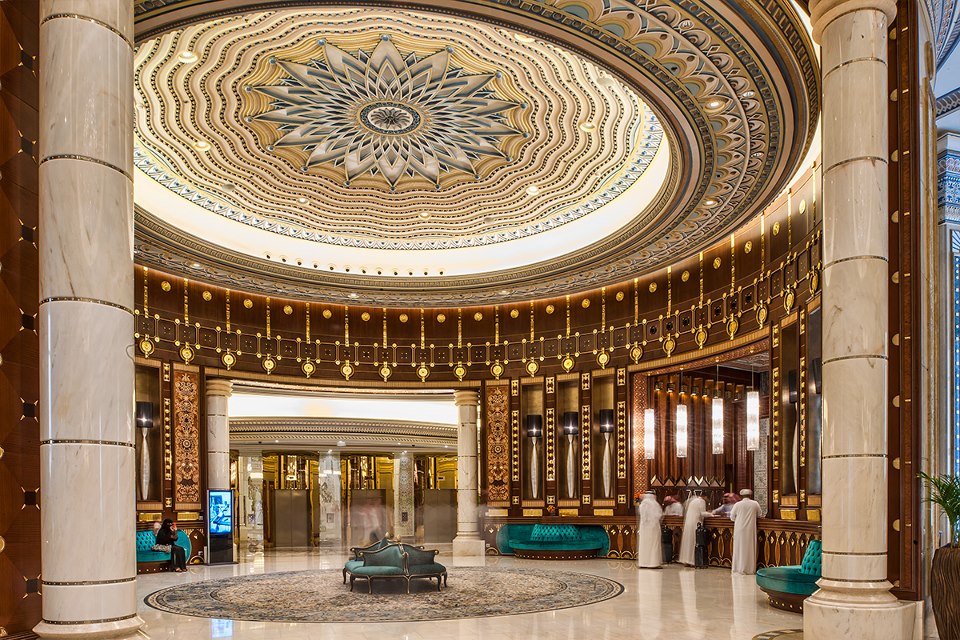Saudi Arabia is a kingdom with several monuments that are deeply rooted in culture and history. Even before it was established as a kingdom, these sites have been in existence for several centuries. While some kingdoms have one or two sites that have been called Heritage Sites by UNESCO, Saudi Arabia has six.
There are six UNESCO Heritage Sites in Saudi Arabia. These sites have infrastructures that show the lifestyle of the original Saudi residents. The heritage sites show the history of Saudi Arabia. Right from the initial settlers in Saudi to post-civilization, the UNESCO heritage sites depict the culture and lifestyle of the people of Saudi Arabia.
Here are the six UNESCO heritage sites in Saudi Arabia:
• Al-Ahsa Oasis
• Rock Art, Hail Region
• Mada'in Saleh
• Historic Jeddah
• At-Turaif District
• Hima Cultural Area
• Al-Ahsa Oasis
Al Ahsa oasis consists of wells, canals, lakes, and springs. Located in the Eastern part of the Arabian cape, this oasis has over 2.8 million date palm trees. The oasis has seen the evolvement of Saudi Arabia as a whole. Different generations of change have happened around the oasis, hence, it holds some deep history.
As a center of attraction, Al-Ahsa oasis has lots of ancient monuments. There are over 10 historical and cultural landscapes.
Being the largest oasis that is self-contained in the world, Al-Ahsa oasis is in the Guinness Book of World Records. The oasis makes it possible for plants to grow throughout the year due to the regular water supply.
Al-Ahsa oasis became a part of the UNESCO world heritage site in 2018.
Book your trip now EXPLORE AL-AHSA
• Rock Art, Hail Region
This cultural site is number four on the list of Saudi Arabia's heritage. It is a world heritage as well as a cultural and tourist attraction.
The earlier inhabitants of Saudi left their art on the rock. There are drawings and inscriptions of humans, animals, and weapons. There are also rock carvings that were supposedly made with hammers. The art on the face on the rock takes you 10,000 years back in time. The inscriptions on the rock are symbols left behind by the old residents of the area. History also has it that sojourners also made some of these inscriptions as they traveled along the Hail region.
Covering over 2,300 hectares of land, the site comprises two different segments. At Shuwaymis, the Jabal Al-Manjor and Raat; and at Jubbal, Jabel Umm Sinman. There was also a lake at the base of the hill at Umm Sinman range where most of the rock art was. However, the lake is no more.
Generally, any act of vandalism on the rock is a punishable offense in Saudi Arabia.
The Rock Art in Hail Region became a part of the UNESCO world heritage sites in 2015.
A DAY IN HAIL Tour
• Mada'in Saleh
This heritage is also commonly referred to as Al-Hijr Archeological Site. Of all the UNESCO heritage sites, Mada'in Saleh was the first. The site is mostly famous for its Nabataean tombs which are over 100. This makes it one of the biggest conservations of the Nabataean heritage and culture. According to history, the old Nabataeans inhabited the site from the first century BC to the first century AD.
The tombs have an entrance gate through which visitors can enter the frontage to the tombs. The archaeological site gives a glimpse of the expertise of the ancient builders who worked on the site. The frontage of the tombs was made to be perfectly smooth. There were also drawings and other art forms in the caves.
The site was formerly called Hegra. Covering over 50 hectares in Alula, the heritage site is also a cultural site.
Mada'in Saleh became a part of the UNESCO world heritage in 2008.
you can book your trip ALULA CIVILIZATIONS
• Historic Jeddah
Located around the Eastern part of the Red Sea, this heritage site served as a multicultural center. There are historical mosques, alleys, markets, and walls on the site, many of which are in good condition to date. The site is believed to have been inhabited as far back as before Islam.
It is also commonly referred to as the ‘Gate to Mecca'. This is because it used to serve as a route through which goods were moved into Mecca. Being a trade route, the site served as a port for trading activities around the Indian ocean.
Historic Jeddah is also famous for its ancient walls that were built to protect the old city from external invasion. History has it that these walls were made around the sixteenth century. The walls are believed to have been built then to protect historic Jeddah from the wars between the Ottomans and the Portuguese.
Historic Jeddah became a part of the UNESCO world heritage in 2014.
• At-Turaif District
At-Turaif district is located around Riyadh. The district was built in the 15th century. It served as a religious center as well as a political center between the 18th and 19th centuries. The district was the hub of the House of Saud's civil power.
Around the cape of Ad-Diriyah, the district showcases different old palaces. Although many of these palaces have become run down, they depict the urban setting of the old royal families that inhabited the area.
The architectural setting of the district highlight the old Nadji style. This urban style was characteristic of the ancient Arabs at the time.
Al-Turaif district has experienced little evolvement in recent times. Although it has gained a lot more attention since it became a world heritage, there is practically no modern improvement.
Al-Turaif became a part of the UNESCO world heritage in 2010.
• Hima Cultural Area
Located in a desert area about 200 kilometers from the city of Najran, the cultural area comprises petroglyphs. These rock arts were deposited in the area by soldiers and other sojourners from Egypt, Mesopotamia, Arabia, and other areas who camped there about 7,000 years ago.
The arts showcase the style, tools, wildlife, culture, and practices of the ancient South Arabian, Greek, Musnad, Arabic, and Thamudic people.
The area is also famous for its wells that still somehow produce drinkable water after about three thousand years.
Hima cultural area became a part of the UNESCO world heritage in 2021.
See Also:
 العربية
العربية الصينية
الصينية